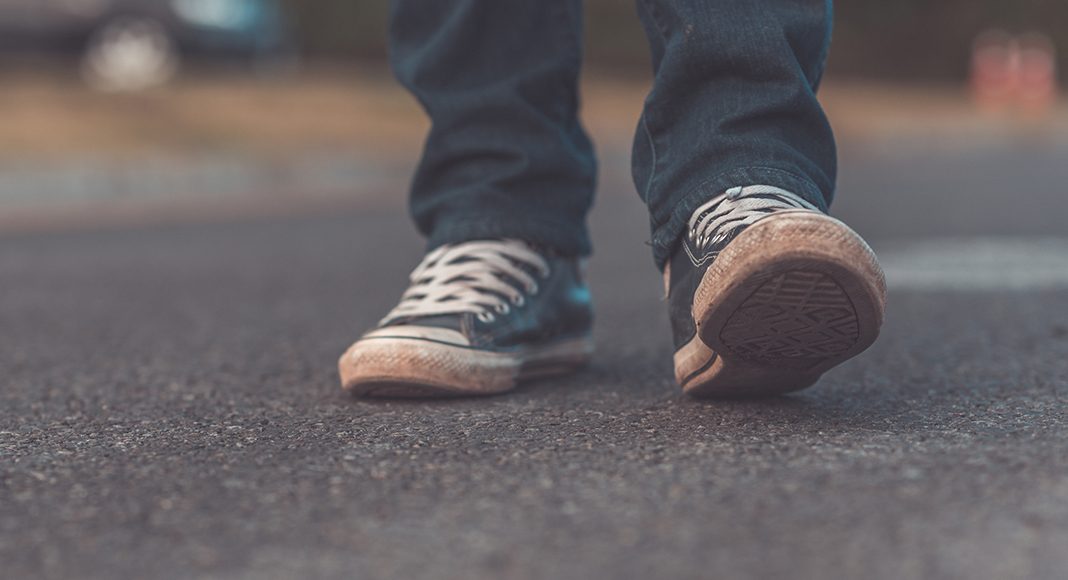For every mile walked, a low-income pedestrian is three times more likely to be injured by a motor vehicle than someone from a high-income household, according to a new study published in the Journal of Transport and Health.
Conducted by Dr Rachel Aldred, Reader in Transport at the University of Westminster in London, UK, the study uses National Travel Survey (NTS) data, a large and nationally representative survey that asks people about incidents over the previous three years. This is the first analysis to use such data.
The study finds that the NTS records five times more injuries than recorded by the police. Among cyclists, seven times more injuries per mile are recorded by the NTS compared with the police.
âMotor vehicles cause many more injuries than are recorded by police or hospitals,â said Aldred. âThey put vulnerable pedestrians â many with few other options than to walk â at high risk. There is also a very high unreported toll of injuries to cyclists. While the data doesnât tell us why these inequalities exist, it does suggest transport planning doesnât do enough to protect the most vulnerable road users.â
Funded by the Economic and Social Research Council (ESRC), the studyâs key findings include:
- Pedestrians report three times more injuries per mile than are recorded by police.
- More than half of pedestrian injuries involve a motor vehicle while most of the rest are falls injuries. Very few only involve other pedestrians or cyclists.
- There are big differences in both motor vehicle and falls injuries by demographic group. For instance, non-disabled pedestrians report 4.8 motor vehicle injuries per million miles walked, but disabled people report 22: nearly five times more.
- People living in the poorest households (earning under ÂŁ25,000) report 12.2 motor vehicle injuries per million miles walked, compared to only 4.1 for people living in households earning over ÂŁ50,000 (three times more).
- For falls, women and older people are at higher risk than men or younger people.
Speaking about the study, Joe Irvin, CEO of Living Streets, said, âMaking our streets safe and attractive for all pedestrians will involve both protecting people from motor traffic (for example, providing safe crossings, and cutting motor traffic levels and speed in residential areas) and reducing the risk of falls (for example, maintaining pavements and reducing street clutter). We have joined calls for a Vision Zero approach to systematically tackle the root causes of road casualties.â



















